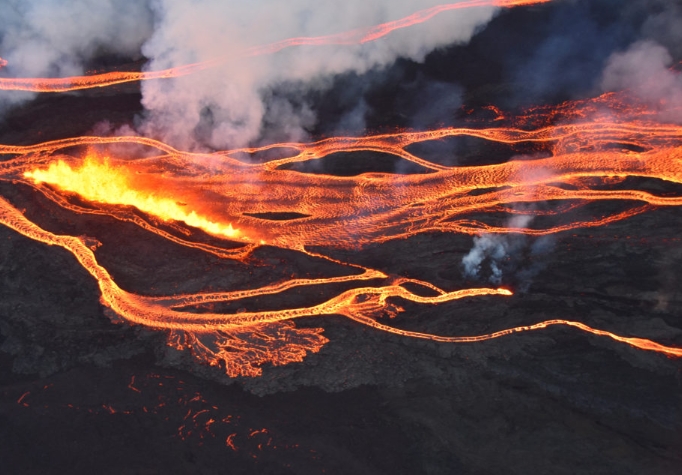Volcanic eruptions have fascinated scientists and the general public alike for centuries. These powerful displays of nature’s fury have the ability to both awe and terrify us. But what exactly causes a volcano to erupt? Let’s unveil the mysteries behind these explosive events.
The Structure of a Volcano
Volcanoes are essentially openings in the earth’s crust through which molten rock, gases, and ash can escape. Beneath a volcano lies a magma chamber, where hot, molten rock is stored. As pressure builds up within the chamber, it eventually forces its way to the surface, causing an eruption.
The Role of Tectonic Plates
The movement of tectonic plates plays a crucial role in triggering volcanic eruptions. Volcanoes are commonly found at convergent and divergent plate boundaries, where plates are either colliding or moving apart. The intense pressure and heat generated by these movements can lead to the melting of rock and the formation of magma, fueling volcanic activity.
Types of Eruptions
There are several types of volcanic eruptions, each characterized by different factors such as the viscosity of the magma and the presence of gases. Explosive eruptions, for example, occur when highly viscous magma traps gas bubbles, causing pressure to build up rapidly before being released in a violent explosion. On the other hand, effusive eruptions involve less viscous magma that flows more freely, resulting in slower, gentler eruptions.
Monitoring and Prediction
Scientists use a variety of tools and techniques to monitor volcanic activity and predict eruptions. Seismometers can detect vibrations caused by magma movement, while gas sensors can detect changes in gas emissions. By analyzing these data, scientists can forecast when a volcano might erupt, allowing for evacuations and other safety measures to be put in place.
Mitigating the Impact
While volcanic eruptions cannot be prevented, their impact can be mitigated through careful planning and preparedness. Communities near active volcanoes should have evacuation plans in place, and emergency services should be well-equipped to respond to potential disasters. By understanding the science behind volcanic eruptions and being prepared, we can better protect ourselves from these powerful natural phenomena.
In conclusion, the science behind volcanic eruptions is complex and fascinating. By studying the processes that drive volcanic activity, scientists can better predict and mitigate the impact of eruptions, ultimately keeping communities safe from the destructive power of these awe-inspiring events.

